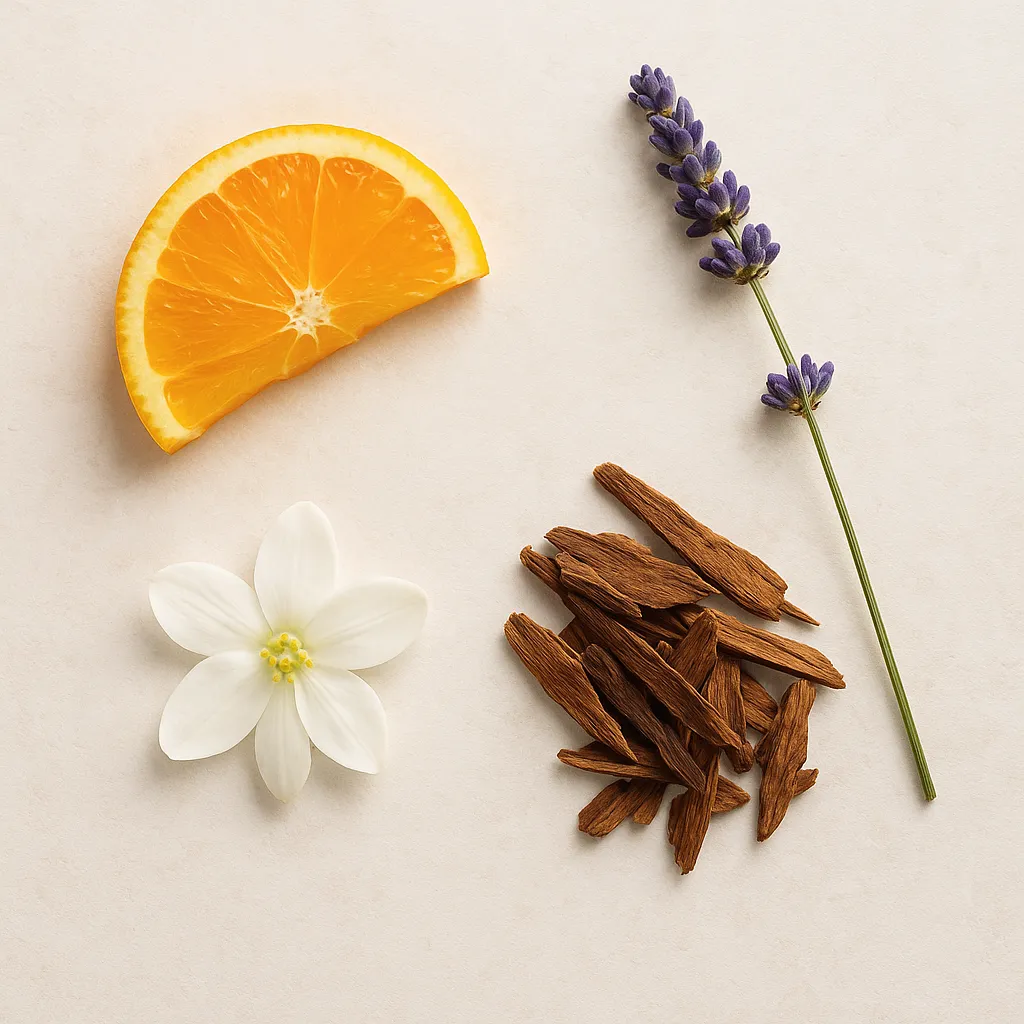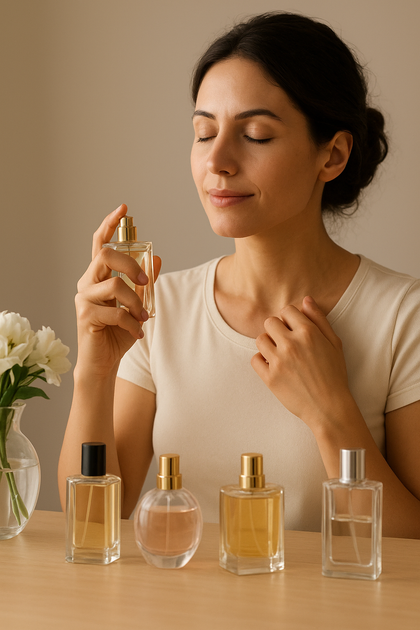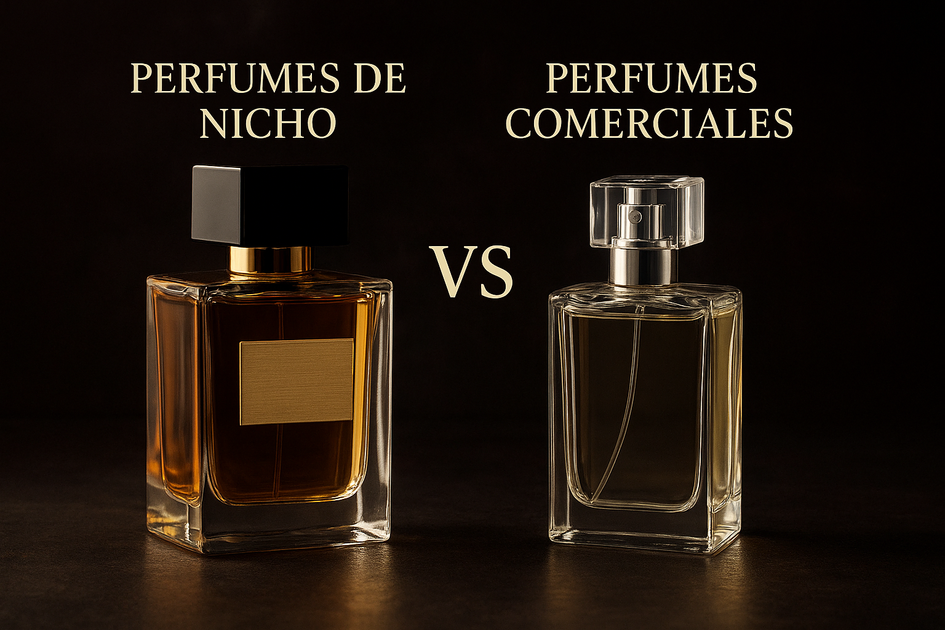
Complete Guide to Olfactory Accords in Perfumery – Types, Examples and How to Identify Them
Discover the main olfactory accords and how to identify them in your favorite perfumes.
Olfactory accords are the foundation of modern perfumery and the key element that defines a perfume's personality. An accord is a harmonious combination of notes that together generate a specific and recognizable olfactory impression.
In this comprehensive guide, you will learn what an olfactory accord is, the most commonly used types of accords, examples of iconic perfumes, and expert tips to identify them like a professional perfumer.
What is an olfactory accord?
An olfactory accord is like a color palette in painting, but applied to the world of fragrances: balanced mixtures of several notes that create a unique sensation. Think of it as a chord in music - individual notes that, when played together, create a harmonious sound.
For example:
Main types of olfactory accords and their examples1. Floral Accords – Romantic and versatile
They are the most popular in feminine and unisex perfumery, representing the essence of nature's most beautiful creations.
Includes variants like ylang-ylang or lily of the valley for tropical and fresh nuances.
2. Citrus Accords – Fresh and energizing
Ideal for summer perfumes and daily fragrances, citrus accords bring brightness and vitality.
They can be mixed with green/herbal notes like mint or cut grass for greater freshness.
3. Woody Accords – Deep and elegant
They convey sophistication and are usually used in masculine and unisex perfumes.
4. Other essential accords in modern perfumery
How to identify olfactory accords in a perfume
1. Read the official notes: Consult the olfactory pyramid (top, heart, base).
2. Feel the evolution: Perfumes change over time; detect the transitions.
3. Compare with reference perfumes: Train your nose with iconic examples.
4. Associate sensations: Relate the aroma to images or memories to remember it.
Tips for training your nose
The importance of accords in perfume creation
Accords are the building blocks of perfumery. Master perfumers spend years perfecting their accord compositions before creating a final fragrance. Understanding accords helps you appreciate the complexity and artistry behind every bottle.
Conclusion
Olfactory accords are the secret language of perfumery. Mastering their identification will allow you to enjoy your favorite perfumes more and discover hidden gems in the market. Remember, developing your olfactory vocabulary takes time and practice.
Frequently asked questions about olfactory accords1. What is an olfactory accord in perfumery?
An olfactory accord is a balanced combination of several aromatic notes that together create a specific and recognizable olfactory sensation. It is the foundation of a perfume's personality.
2. What are the most common types of olfactory accords?
The most common are: floral, citrus, woody, amber/resinous, aromatic, gourmand/sweet, aquatic/ozonic, warm spicy, fruity, leather, musky and green/herbal.
3. How can I identify an accord in a perfume?
By reading the official olfactory pyramid, paying attention to how the aroma evolves over time and comparing it with reference perfumes from each family.
4. What olfactory accord is best for summer?
In warm climates, citrus, aquatic, green or light floral accords are preferred, as they provide freshness and a sense of cleanliness.
5. How long does it take to train your nose?
Developing olfactory recognition takes consistent practice over several months. Start with simple accords and gradually work your way up to more complex compositions.
Encuentra tu fragancia perfecta
Nuestro test olfativo personalizado te ayudará a descubrir fragancias que se adapten perfectamente a tu personalidad y estilo.
blog.cta.takeQuizblog.cta.joinEra
blog.relatedPosts

Guía Completa de Acordes Olfativos en Perfumería – Tipos, Ejemplos y Cómo Identificarlos
Descubre los principales acordes olfativos y cómo identificarlos en tus perfumes favoritos.

Cómo Elegir tu Primer Perfume: Guía Completa para Principiantes
Aprende los pasos fundamentales para encontrar tu primera fragancia perfecta.

Perfumes de Nicho vs Comerciales: Diferencias, Ventajas y Cuándo Elegir Cada Uno
Descubre las diferencias clave entre perfumes de nicho y comerciales para tomar decisiones informadas.